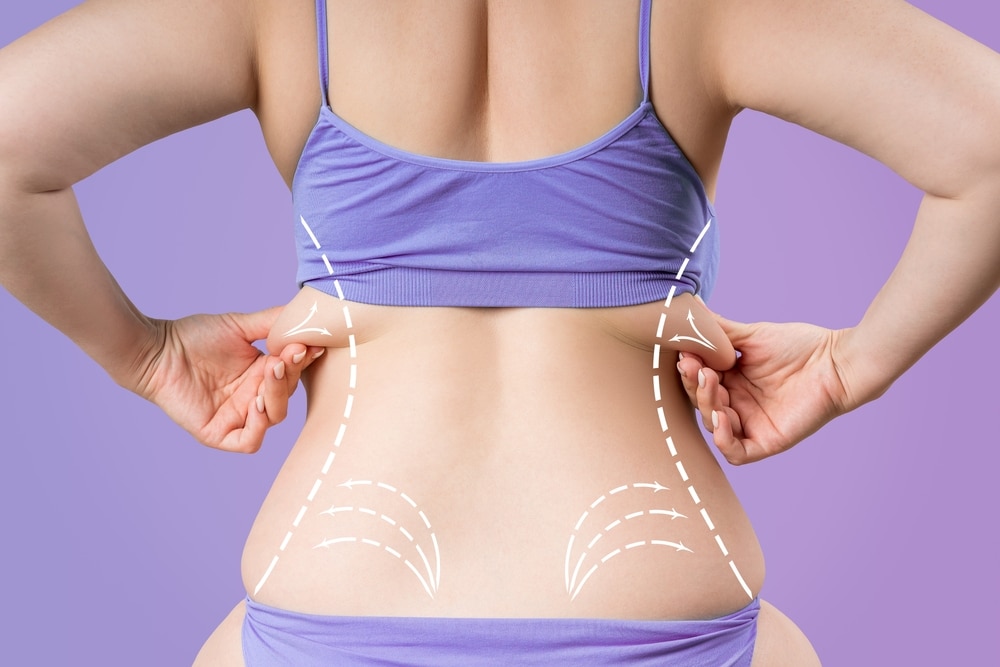Laser liposuction is a modern body contouring procedure designed to remove stubborn fat deposits with precision. Unlike traditional liposuction, this technique uses laser energy to liquefy fat cells before extraction, resulting in smoother results and quicker recovery. For those considering Laser liposuction in Dubai , understanding its effectiveness in terms of inch reduction is crucial for setting realistic expectations.
How Laser Liposuction Works
Laser liposuction involves the insertion of a thin cannula equipped with a laser fiber beneath the skin. The laser’s thermal energy disrupts fat cells, turning them into a liquid state for easier removal. Additionally, the heat stimulates collagen production, which can lead to mild skin tightening—a benefit not typically seen with traditional liposuction.
How Many Inches Can Be Removed?
One of the most common questions about laser liposuction is how much fat it can eliminate in terms of inches. While results vary depending on individual factors, most patients can expect a reduction of 1 to 3 inches in the treated area.
Factors Affecting Inch Reduction
Several variables determine how many inches laser liposuction can remove:
Starting Body Composition
Patients with a higher percentage of body fat may see more noticeable inch loss compared to those closer to their ideal weight. However, laser liposuction is not a weight-loss solution—it’s best for contouring and refining problem areas.
Treatment Area
Smaller regions like the chin or arms may show a reduction of about 1 to 1.5 inches, while larger areas such as the abdomen or thighs can lose 2 to 3 inches or more.
Skin Elasticity
Since the laser promotes collagen production, patients with good skin elasticity may experience better skin retraction, enhancing the overall inch loss. Those with looser skin might require additional treatments for optimal tightening.
Surgeon’s Technique
The skill and experience of the practitioner play a significant role in fat removal efficiency. A well-performed procedure ensures even fat extraction and smoother results.
Realistic Expectations vs. Misconceptions
It’s important to clarify that laser liposuction is not a substitute for significant weight loss. Patients should be near their target weight before undergoing the procedure for best results.
Temporary Swelling and Final Results
Post-procedure swelling can obscure initial results. Most patients see noticeable inch reduction after 4 to 6 weeks, with final results appearing around 3 to 6 months as the body fully heals and the skin tightens.
Maximum Fat Removal Limits
Safety guidelines dictate that only a certain amount of fat should be removed in a single session—typically no more than 5 liters in traditional liposuction. Laser liposuction follows similar safety protocols, meaning excessive fat removal in one session is not advisable.
Comparing Laser Liposuction to Traditional Methods
Traditional liposuction relies on mechanical suction to extract fat, often leading to more trauma to surrounding tissues. Laser liposuction, on the other hand, offers:
-
Less bruising and swelling due to the precision of laser energy.
-
Minimal downtime, with many patients resuming light activities within days.
-
Enhanced skin tightening, reducing the risk of sagging post-procedure.
However, traditional liposuction may still be preferred for larger volume fat removal, whereas laser lipo excels in sculpting and refining.
Post-Procedure Care for Optimal Results
To maintain inch reduction and ensure long-lasting effects, patients should follow these guidelines:
Wear Compression Garments
Compression garments help reduce swelling and support the skin as it adjusts to the new contours. They are typically worn for 2 to 4 weeks post-surgery.
Stay Hydrated and Follow a Balanced Diet
Proper hydration and nutrition aid in recovery and prevent fat from returning to untreated areas.
Engage in Light Activity
While strenuous exercise should be avoided initially, light walking promotes circulation and reduces the risk of blood clots.
Potential Risks and Considerations
Though laser liposuction is generally safe, possible risks include:
-
Minor burns from laser heat (rare with experienced practitioners).
-
Uneven fat removal, leading to asymmetry.
-
Temporary numbness in the treated area.
Choosing a qualified professional minimizes these risks significantly.
Conclusion
Laser liposuction can effectively remove 1 to 3 inches of fat from targeted areas, offering a more contoured and toned appearance. Factors like body composition, treatment area, and skin quality influence the final outcome. While not a solution for obesity, it provides a refined approach to stubborn fat removal with added skin-tightening benefits.
For those seeking subtle yet noticeable inch reduction with minimal









